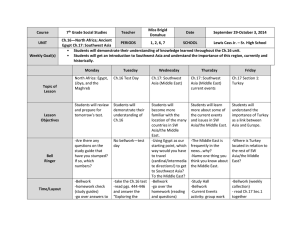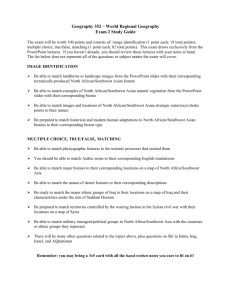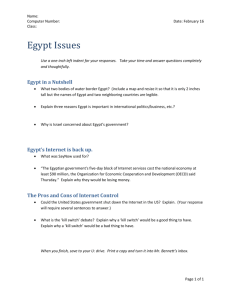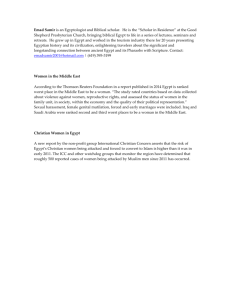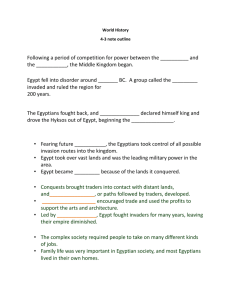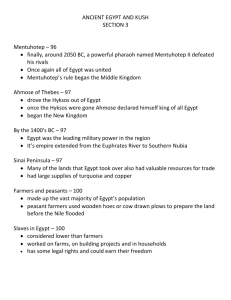Noriyuki Shirai
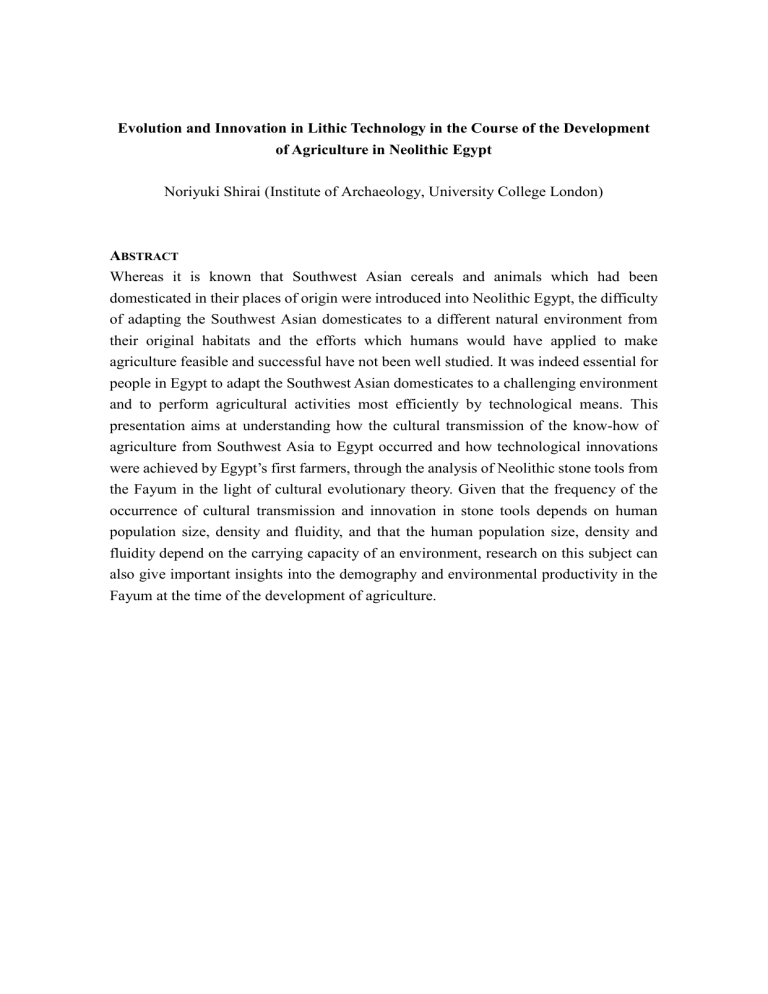
Evolution and Innovation in Lithic Technology in the Course of the Development of Agriculture in Neolithic Egypt
Noriyuki Shirai (Institute of Archaeology, University College London)
A BSTRACT
Whereas it is known that Southwest Asian cereals and animals which had been domesticated in their places of origin were introduced into Neolithic Egypt, the difficulty of adapting the Southwest Asian domesticates to a different natural environment from their original habitats and the efforts which humans would have applied to make agriculture feasible and successful have not been well studied. It was indeed essential for people in Egypt to adapt the Southwest Asian domesticates to a challenging environment and to perform agricultural activities most efficiently by technological means. This presentation aims at understanding how the cultural transmission of the know-how of agriculture from Southwest Asia to Egypt occurred and how technological innovations were achieved by Egypt’s first farmers, through the analysis of Neolithic stone tools from the Fayum in the light of cultural evolutionary theory. Given that the frequency of the occurrence of cultural transmission and innovation in stone tools depends on human population size, density and fluidity, and that the human population size, density and fluidity depend on the carrying capacity of an environment, research on this subject can also give important insights into the demography and environmental productivity in the
Fayum at the time of the development of agriculture.



